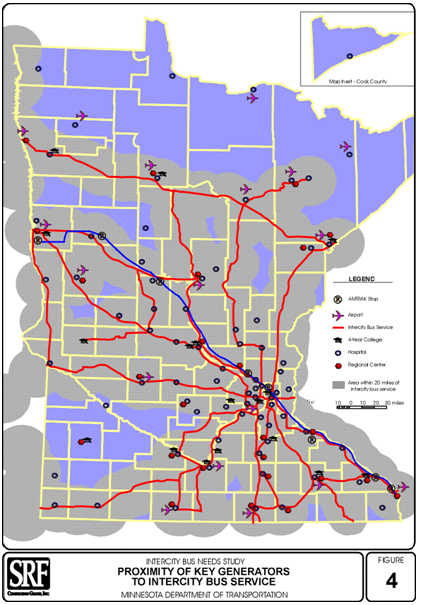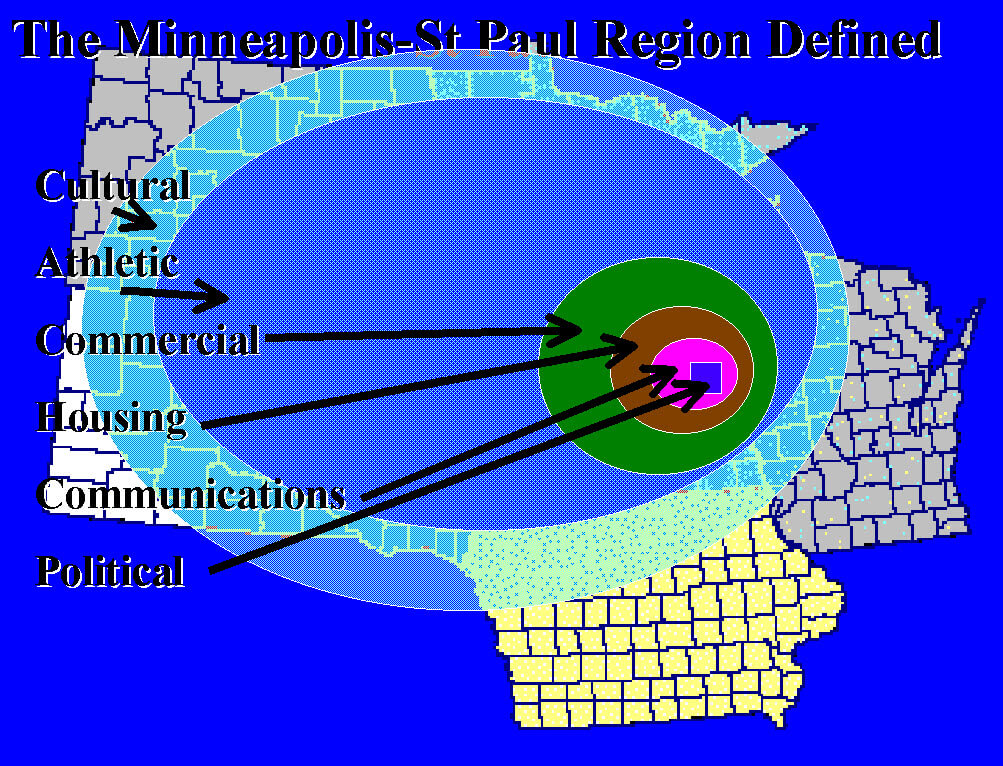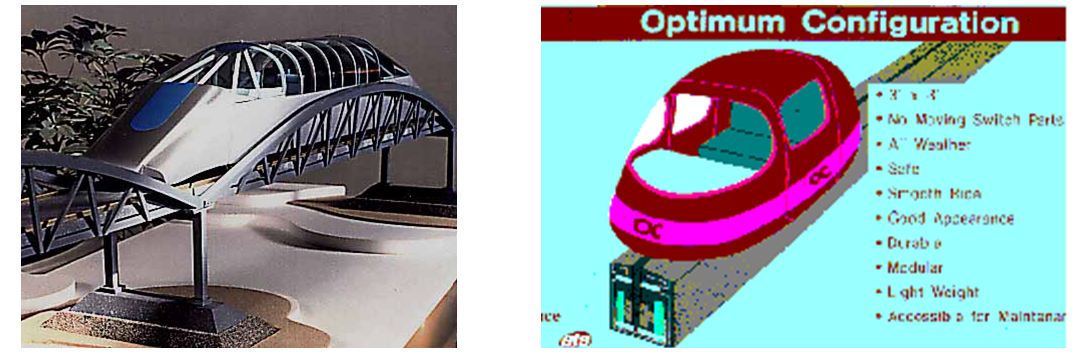The Regional Integration through Transit initiative® (RIT) has been developed to support the Tele-Commuter Resources (TCR) Distributed City Model and it becomes critical component of the Information Age Community® (IAC) Concept. This model envisions the continued evolution of the Internet and its “anywhere, anytime, anything” mantra. While the current approach to telecom deployment reinforces the organizational tenets of the Industrial age, the Distributed City Model (DCM) anticipates the next stage of development that will build upon the concept of telecommuting. TCR defines this term not as a telework strategy but rather as a community strategy which provides parity of access through its Suite of Telecommuting Applications (SoTA) i.e., tele-medicine, distance learning, telework etc.
As the implications of the global economy become more apparent, regions with technologic and community leadership will understand the competitive advantages of the ICA and begin realigning investment strategies to support this reflection of the emerging Knowledge Economy. These strategies will allow individuals to live in those communities that best respond to their desired quality of life and allow all communities within the region to fully participate in the regional economy. With 43% of urban residents (1996 Metropolitan Council study) wanting to live in a rural small town, and the 9/11 recommendation to deploy teleworkers for continuity and other strategic objectives, dramatic population redistribution is possible with major implications for the types and locations of investment requirements. It is a fundamental hypothesis that this re-distribution of population will result in reduced cost to the public sector, a more competitive private sector and a more self-reliant community sector.
THE INFORMATION AGE COMMUNITY® (IAC)
For a region to compete globally it must create an environment of efficiency and effectiveness. TCR believes that reducing the high cost of urban growth and continuing to provide rural subsidies because of limited rural opportunities is an unsustainable policy. New strategies must be developed that equalize opportunity while reducing costs for all three sectors of the economy.
The integration implicit in a deployment of the IAC must occur at several levels:
- Policy- local, regional and state agencies and institutions must collaborate to deliver physical and electronic capacity into communities throughout the region. Collectively they can serve as the catalyst that demonstrates cooperative approaches that invest in content delivery (the SoTA) to build a broader local market for virtual services
- Technology– Instead of building multiple lines into a community, the focus must shift into managing access into the community and the distribution of that service within the community. Current practice of delivering T-1s to specific locations within a community, splits the market so that only those who can afford individual connectivity are served; in many cases precluding many potential customers from entering the regional or global market. Rather than a focus on individual connections we must shift to supporting a systemic community network.
- Transportation– Intra-regional travel costs must be reduced; speed must be increased and flexibility must be expanded.
This White Paper examines the transportation linkages within this concept.
THE REQUIREMENTS
Through the provision of ubiquitous bandwidth,(see the white paper on the Community Telecenter Network) the region can provide the necessary support services to all communities. This creates the potential for a Freedom of Residential Choice but it does not address the human side of the equation- people do want to get together. IF the region truly wants to equalize economic opportunities for all communities, then it must provide a system which eliminates the” windshield factor”, i.e., need to drive the vehicle, relatively slow speeds, potential impacts due to weather. Any solution must be affordable, fast and extremely flexible for both origin and destinations.
Unlike cars, planes and trains, a system that meets the above requirements must be able to go non-stop from point A to point B. This requires off-line boarding and de-boarding.

SERVICE LEVELS
Figure T-1 It is the goal of the Minnesota Department of Transportation to serve 90% of the state’s population transportation by providing intercity bus and air service according to their 1997 and more recent plans respectively. Despite this goal, service has continued to decline.
InterCity bus service generally operates six days a week with one round trip per day. Air Service operates in only eight out-state Minnesota communities with service levels of 2-7 flights per day, 7 days a week. Of these eight communities, most are being served under the Essential Service regulations.
Figure T-1 illustrates the status of the Minnesota intercity bus system
THE SYSTEM DEFINED
Figure T-2 depicts the five state, dynamically defined, Figure T-2
Information Age Community based upon the socio-economic orientation of the communities.
Figure T-3 identifies the 65 trade centers within the five state IAC as well as the thirty-mile radius surrounding each trade center i.e., the trade area for each.


Over the years of TCR’s R&D on this topic, the Cybertran(Figure T-4) and the Taxi 2000 (Figure T-5) systems were developed. Individually both systems support the requirements of the Regional Transit Network; combined, they would provide an incredible and highly cost-effective system that would fully integrate the rural and urban transit structure.
Unfortunately, the “silo” mentality approaches rural networks as one-offs e.g., spending billions on a system to Duluth and a continuing stalemate for selecting yet another potential system for Rochester. A strategic network is required!

Although TCR created a large spreadsheet to examine the feasibility of this concept, much more research must be done- especially given the scale, the financing approach and the construction feasibility. Based upon our research, its success looks highly probable.

